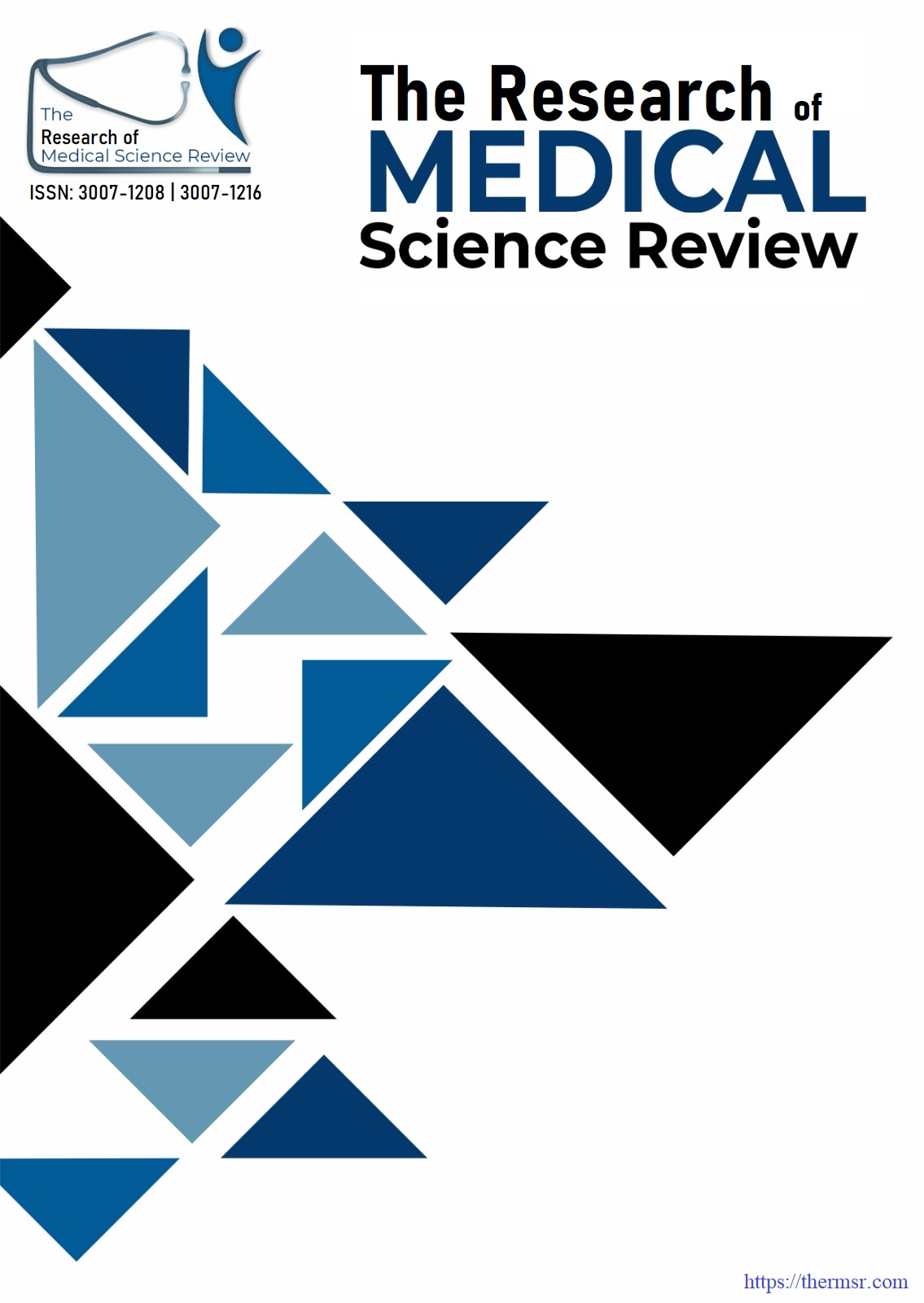IMPACT OF MATERNAL NUTRITIONAL STATUS DURING PREGNANCY ON STUNTING RISK AMONG CHILDREN AGED 24-59 MONTHS
Main Article Content
Abstract
Background: Stunting remains a major public health challenge, particularly in low- and middle-income countries. Maternal nutritional status during pregnancy is a key determinant of child growth and development, yet its impact on stunting risk among children aged 24–59 months is underexplored.
Objective: This study aimed to investigate the association between maternal nutritional status during pregnancy and the risk of stunting among children aged 24–59 months.
Methods: This retrospective observational study was conducted at the Pediatrics Department and Gynecology & Obs Department of Khyber Teaching Hospital and Obs & Gynae Deptt.of Hayatabad Medical Complex Peshawar from January 2020 to December 2024. A total of 150 mother-child pairs were enrolled, with data collected on maternal nutrition, birth outcomes, and child growth at 24–59 months. Stunting was defined as height-for-age z-score (HAZ) <-2 SD. Multivariate logistic regression was used to identify predictors of stunting.
Results: The prevalence of stunting was 24% (n=36). Maternal undernutrition (aOR=2.8, p<0.001), low birth weight (aOR=2.5, p<0.01), inadequate dietary diversity (aOR=1.8, p=0.02), and household food insecurity (aOR=1.6, p=0.04) were significant predictors of stunting.
Conclusion: Maternal nutritional status during pregnancy plays a criticaln role in determining stunting risk. Interventions targeting maternal nutrition, infant feeding practices, and household food security are essential to reduce stunting and improve child health outcomes.
Downloads
Article Details
Section

This work is licensed under a Creative Commons Attribution-NonCommercial-NoDerivatives 4.0 International License.
